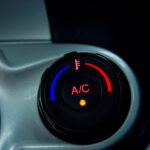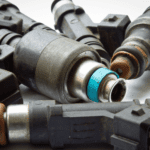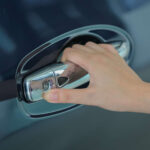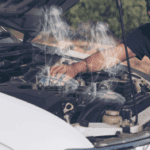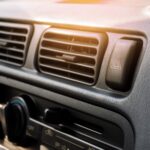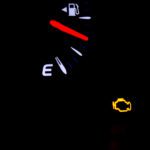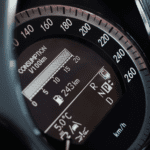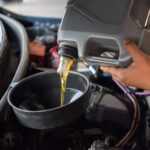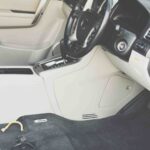Being unable to see through the windshield is an accident waiting to happen. If you’ve ever driven with a dirty windshield and chucked a bottle of water over it at the traffic lights just so you can see for a few minutes, you’ll know exactly what I mean.
The wiper fluid not spraying after a refill shouldn’t cause you too much of a problem; most of the time, it is a straightforward fix caused by a blockage in the nozzle. Even if this isn’t the problem, wiper fluid system issues are easy to diagnose if you want to do it yourself. Diagnosing the fault involves tracing the problem, starting at the nozzle and following the pipes back to the washer pump and then to the vehicle electrics. The five checks below are the most common problems I find all the time when wiper fluid is not spraying after it has been refilled.
5 Easy Checks and Fixes to Get the Washers Spraying Again
There is no particular order to check any of the five checks below apart from listening to ensure the pump is working first, which is always a good idea; it’s not always possible to hear it running as they can be extremely quiet on newer cars.
Before you read on, one last thing to remember is there needs to be washer fluid in the tank for it to work, so have you checked if there’s washer fluid in the tank? If it’s not a cold day for checking, you could fill it with water.
Listen for the pump
When you press the stalk to activate the washers, you should always hear a pump trying to spray the fluid. If you do not hear the pump working, either the pump has failed, or there is an electrical problem, fuse blown, etc. Checking the pump is operating is the first thing you should check when the windshield washers aren’t spraying.
If it’s not working, check that the fuse is okay and that there is 12v getting to the pump. However, if that doesn’t highlight a problem, you’ll need to replace the washer pump, which is cheap and straightforward. If it is working, then read on and check the next item.
The pump is usually located at the bottom of the washer bottle tank. Unfortunately, the washer bottle location can be tricky to get to and sometimes requires the use of a ramp. Your local mechanic will be able to replace this item hassle-free if needed.
Unblock the spray nozzles
It’s a simple fix and probably one of the common problems when wiper washers aren’t working, regardless of whether the washer fluid has just been refilled. Dirt, dust, and debris get into the end of the spray nozzles, which are usually on the hood (bonnet). They are straightforward to unblock with the help of a sewing needle. Push the needle into the nozzle hole and give it a wiggle around; this will usually free any debris. Any remaining debris will shoot out of the nozzle when spraying the washers.
You may sometimes find that one side of the washer nozzle is spraying but not the other. In this instance, you can be sure it’s just a blockage that needs clearing. If the blockage is bad, you may need to remove the nozzle, which you can do from the underside by disconnecting it from the pipework and pushing its retaining clips to release it. Soak it in hot water and thoroughly clean it; it usually works when refitted.
If you want to be sure it’s the nozzle blocked, try spraying the washers when the nozzle is removed. A clogged nozzle is the issue if the washer fluid comes from the pipework. If not, keep following and removing the pipework at its joints until you find the problem.
Check the nozzles aren’t frozen
Screenwash has anti-freezing properties to lower the freezing point of the fluid, but the moisture that gathers in the pipework and the moisture in the air will freeze over at 32 degrees Fahrenheit (0 degrees Celsius).
If there was frost overnight, expect the pipework and washer nozzle to freeze. If it’s a cold day, it will take a long time to thaw out naturally. However, once the car has been running for a few minutes, it should warm and thaw out the wiper washer fluid system, including the nozzle. You can encourage the end of the nozzle to unfreeze by clearing out the nozzle with a sewing needle or pouring warm water on it.
Check the pipes are connected
The washer fluid pipework passes from the washer bottle around the engine to the underside of the car hood for the front windshield washers. It also runs from the engine to the rear tailgate for the rear windshield washers. The pipework is connected by several small plastic connectors, which can become brittle and break over time, especially in older vehicles, which can cause a blockage or leak.
To check for this issue, spray the washers and look for leaks under and around the engine. Then, trace the tubing from the washer tank to the first joint and check there is no issue and the pipework is still connected; you’ll need to keep following the pipework all the way to the spray nozzles. Sometimes, you can be lucky, and the solution is simply reconnecting the pipework or replacing a connector.
Check the fluid hasn’t leaked
Cracks in the washer fluid bottle happen often. If you’re pouring the washer fluid in, it can sometimes take a little while to drain; depending on the severity of the leak, it will be leaking straight out the bottom. Again, like the pump, the washer bottle is straightforward to replace if you find a leak, but it can be tricky because of its location.
Another leak that happens is the pipework splitting and plastic joiners breaking. The rear windshield washers have pipework work that runs the whole car length, but water in the spare tire well is a good indicator of a problem with the rear washer pipework. As is evidence of water dripping on or around the engine for the front washers.
Small splits can be temporarily repaired with good sticky tape. Significant breaks will require pipework replacement, which can be sourced from most good auto parts stores and purchased in long lengths if you need to replace it.
Lastly, although this won’t empty the washer tank, if the cap is missing or broken, the fluid will get thrown out of the tank with some spirited driving. Cover the lid with a bottle cap and some tape to temporarily recover the reservoir filler hole if required.
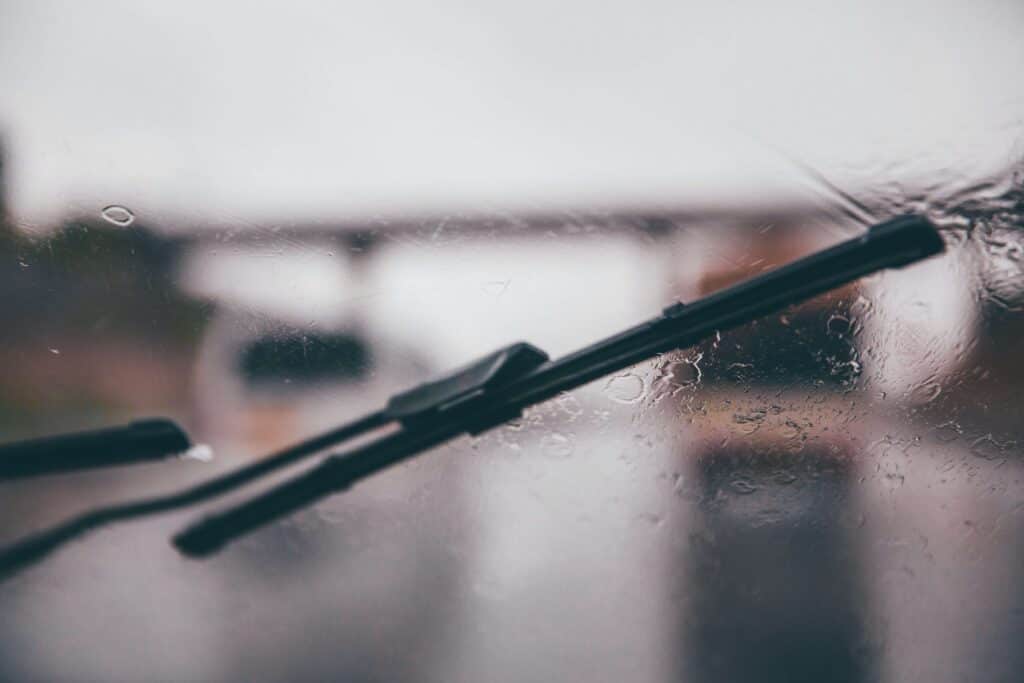
How to Fix Washer Fluid That’s Not Spraying Evenly
If the washer fluid isn’t spraying evenly, it’s most likely due to a blockage in the spray nozzle. You can clean the debris out of the nozzle using a sewing needle or a pin. However, after cleaning, you may need to adjust the spray pattern of the nozzle spray on the windshield. You can do this by pushing the needle into the nozzle, which will alter the angle of the spray.
Frequently Asked Questions
How Do You Test A Windshield Washer Pump?
To test a windshield washer pump, you must first disconnect it from its electrical connector. Then, you can connect it directly to a 12V power source, such as a battery, to see if it operates. However, use the correct power voltage for your vehicle to avoid damaging the pump. If the pump works when connected directly to power, it functions correctly.
Why Is The Wiper Fluid Not Spraying Hard?
If the windshield wiper fluid is spraying weakly, it’s likely due to a clogged tube or failing washer pump.
Summary
As you may have read, the most common issue with wiper washers is a nozzle blockage preventing the wiper fluid from spraying, and it’s always noticeable straight after you refill the washer fluid. This can be easily fixed by using a sewing pin. Keeping your wiper washer fluid-filled and in good working condition is crucial. Not having a clear view through the windshield can be very dangerous. Replacing any component in the wiper washer system is relatively inexpensive and can be done at home by a good DIY enthusiast.
